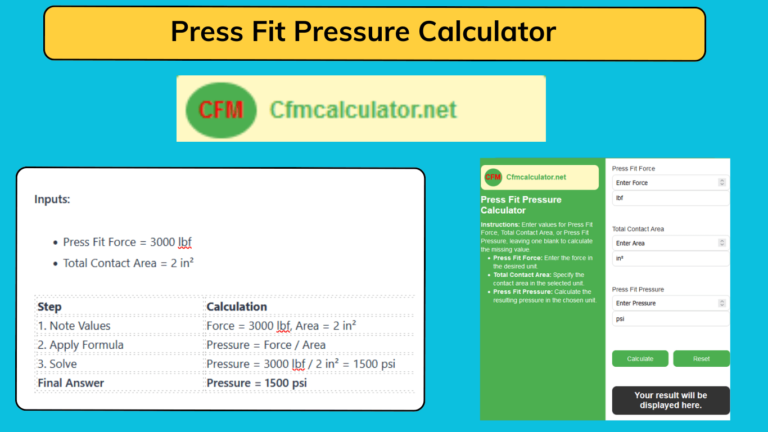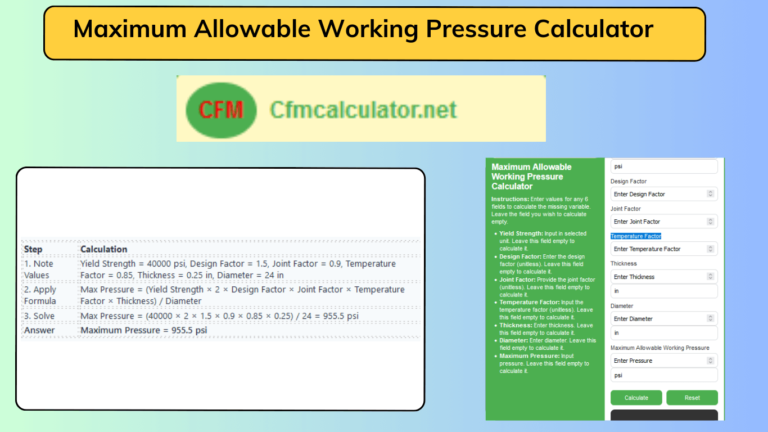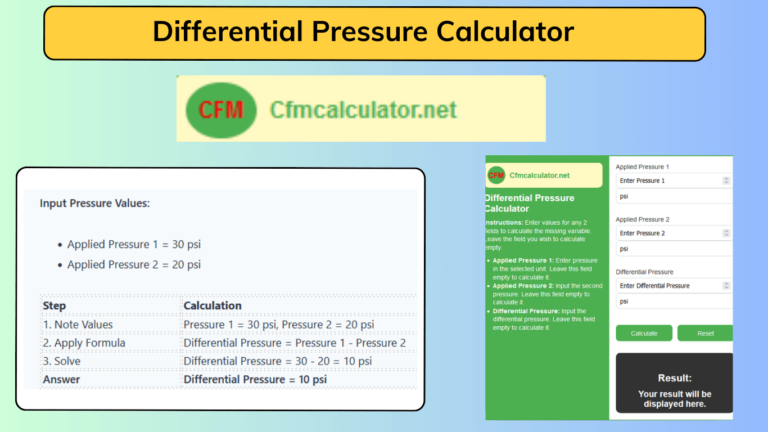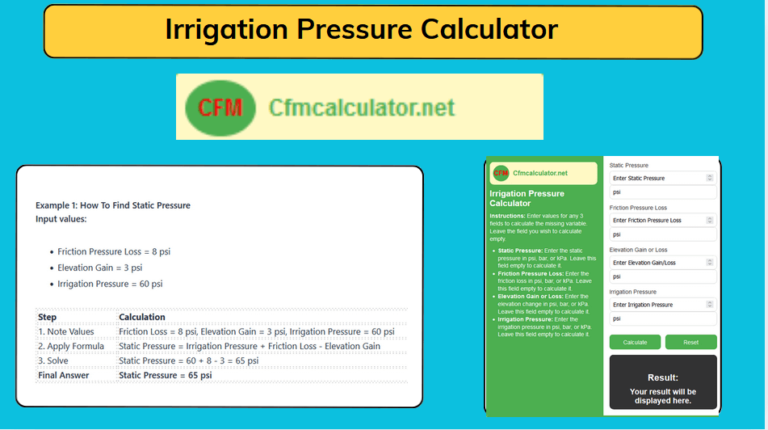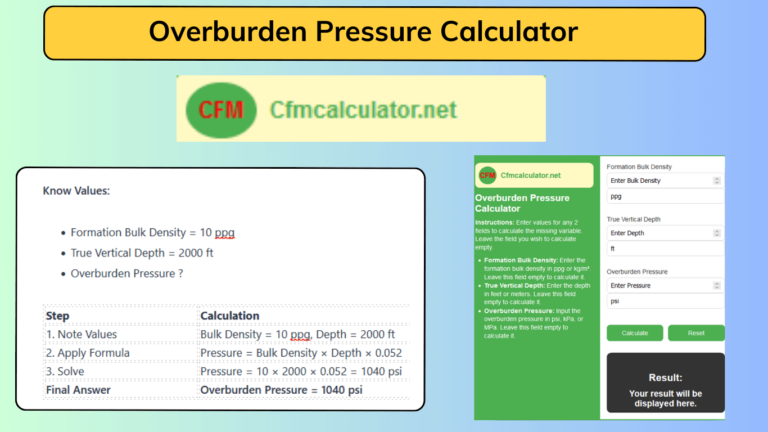Torque to Pressure Calculator
Torque pressure links the twisting force applied to a system with the pressure it creates on a specific area. This tool helps convert rotational energy into straight-line force.
🌊 Torque to Pressure Calculator
Contents
Engineers understand how important the connection between torque and pressure is. In hydraulic systems, pumps create pressure in fluids. In engines, pistons generate torque. In machines, torque powers gears.
See the following practical calculation examples to understand how the calculator works.
What is Torque to Pressure Conversion & How To Convert It?
Engineers know how important the connection between torque and pressure is. In hydraulic systems, pumps create pressure in fluids. In engines, pistons generate torque. In machines, torque powers gears.
See the following practical calculation examples to understand how the calculator works.
Formula
Where:
- P = Pressure (Pa)
- T = Torque (N-m)
- r = Radius (m)
- A = Area (m²)
Example
When a machinist tightens a hydraulic clamp to secure a metal block for CNC machining, they use a torque wrench to apply 50 N-m to a bolt with a radius of 0.1 meters. The clamp’s contact area is 0.02 m².
✅ Result: The pressure applied by the clamp is 25 kPa.
Uses:
-
- Hydraulic Brakes: Convert pedal torque into fluid pressure to stop vehicles.
- Industrial Presses: Use motor torque to apply steady pressure in manufacturing.
- Bolt Fastening: Calculate pressure on bolt heads for secure tightening.
Final Words:
Engineers use torque-to-pressure conversion to control machines and hydraulic systems precisely.


